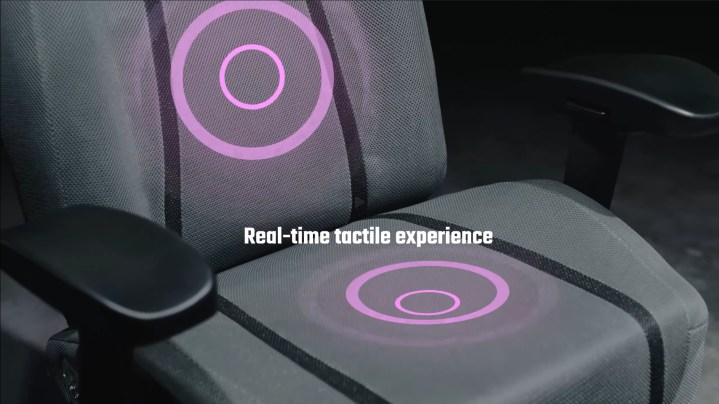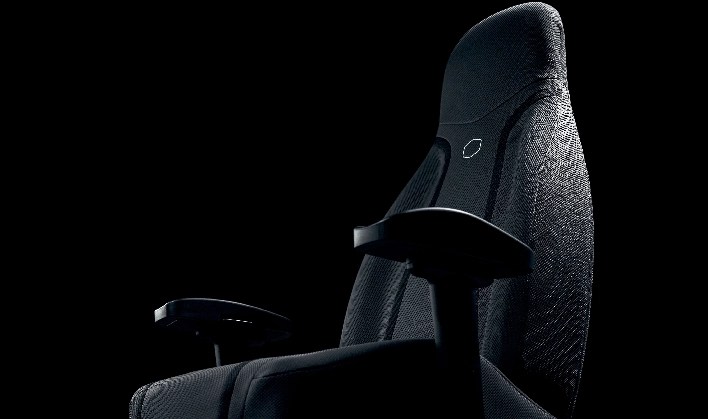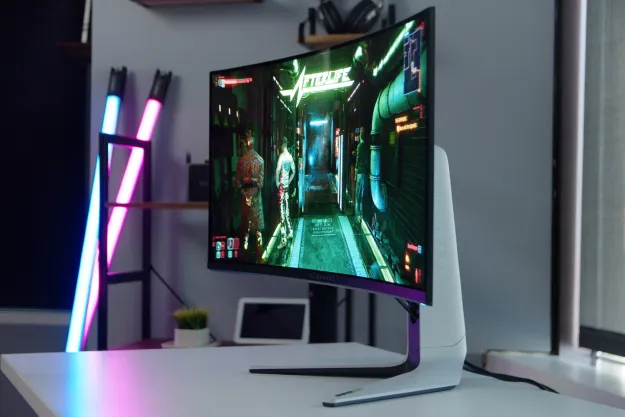Like a caboose, gaming chairs always seem to come last in the world of gaming peripherals. Cooler Master’s cheeky team of designers have cracked the butt-immersion problem of gaming with the new Synk X haptic gaming chair.
Cooler Master calls its chair a new trend in immersive entertainment. It’s a haptic chair which channels sound waves from your game or movie and converts them into vibrations in the back and bottom. It uses Bluetooth to include your keester in the game, vibrating to the action whether you’re on PC, console, mobile, or simply watching a movie on TV.

“Designed for sensing the tension in a battle game, engaging in the adventurous journey from a film, or grooving with the musical beats,” the company said in a press release, “Synk X provides a new way of immersing in the imaginary world for an enhanced user experience.”
The chair itself is an ergonomic recliner with a retractable leg rest, 135-degree posture bracing backrest, and adjustable armrests. Cooler Master built the chair out of a breathable mesh material so your derriere shouldn’t overheat in it, although we have yet to test this claim. There’s a Star Trek-like control panel in one of the armrests which includes volume and vibration level adjustments, audio input selectors, jacks for headphones, and battery status monitors.

This isn’t the first vibrating game chair we’ve seen. Razer has a concept chair called the Enki Pro Hypersense. In true Razer fashion, it includes a built-in RGB light logo with 16.8 million color effects to choose from. Razer claims their chair provides up to 65,000 haptic feedback variations and can even simulate g-forces, although we’re a tad skeptical about this last claim.
Cooler Master’s chair is intriguing. We don’t often see Bluetooth-enabled furniture. The company hasn’t said when the Synk X will be available for purchase, so we’ll keep an eye on this. In the meantime, our backsides will need to make do with plain old gaming chairs.
Editors' Recommendations
- Horizon Forbidden West is a marvel — if your PC can handle the heat
- Qualcomm just made some bold claims about gaming on ARM PCs
- Nvidia is bringing ray tracing and DLSS 3 to your car
- Nvidia’s AI game demo puts endless dialogue trees everywhere
- We finally know the price of Asus’ most powerful gaming NUC





